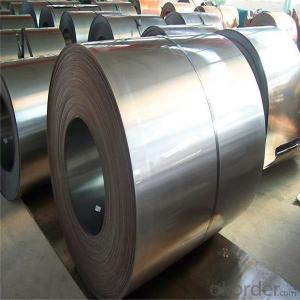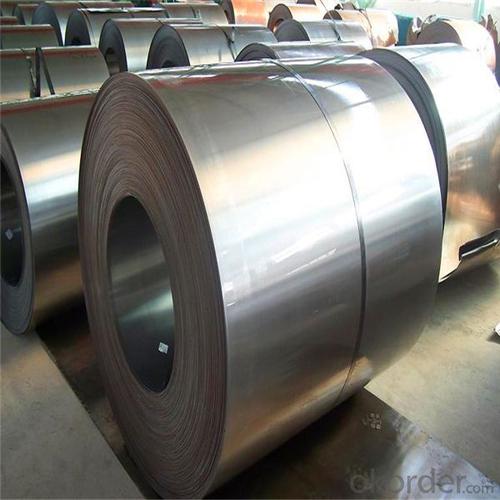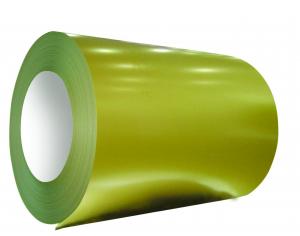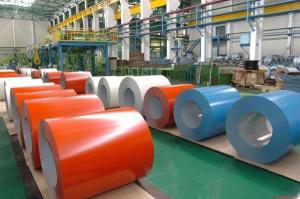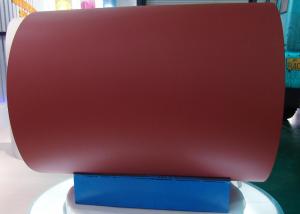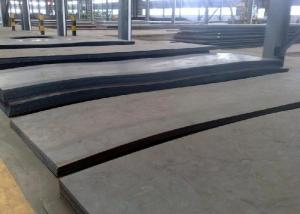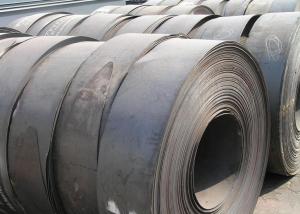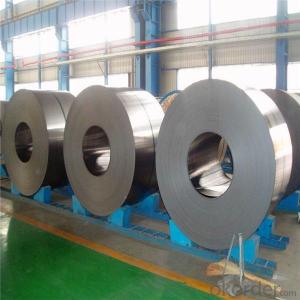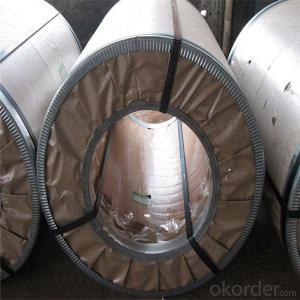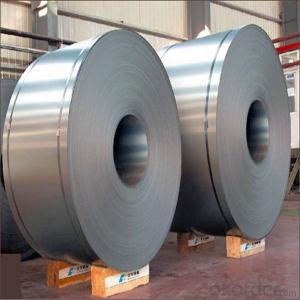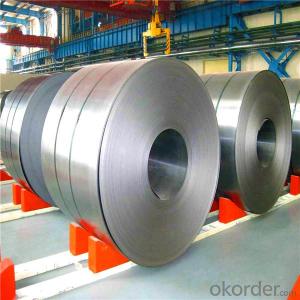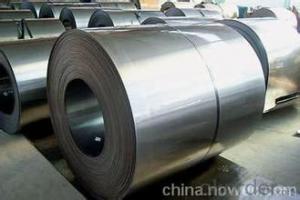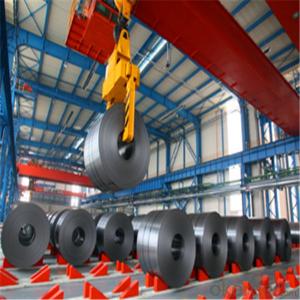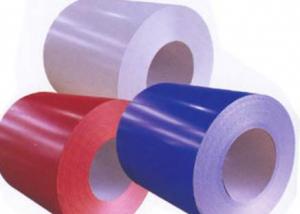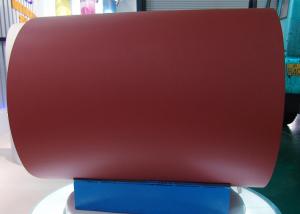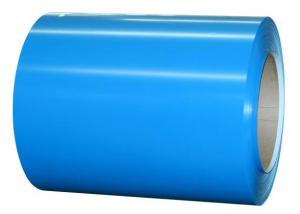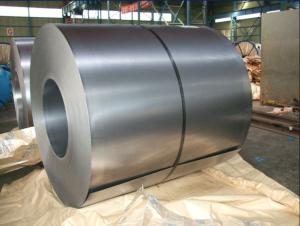High Quality Surface Finish Cold Rolled Stee/China Supplier
- Loading Port:
- China main port
- Payment Terms:
- TT OR LC
- Min Order Qty:
- 20 m.t.
- Supply Capability:
- 50000 m.t./month
OKorder Service Pledge
OKorder Financial Service
You Might Also Like
Specification
Prime Quality SPCC Cold Rolled Steel Sheet/Coil
Widely used to appliance,automobile industry or other decoration usage.
Certificate: ISO9001
Packing Details: Wrapped by water proof paper and plastic film.Covered with iron sheet,strapped by steel strips to protect the damage under transportation.
Details please check following format
Brief Introduction
Cold rolled steel coil is steel that has been worked below its recrystallization temperature by passing it between a pair of rollers. Recrystallization temperature is the temperature at which grains in the lattice structure of the metal have been rearranged, leaving it free of strain and deformations. Cold rolled steel coil is pre-treated before being cold rolled with a process known as pickling, which uses strong acids to remove scale and other impurities. The cold rolled steel coil is then passed through rollers to reduce its thickness. Most cold rolling takes place in multiple passes and as the size of the cold rolled steel coil is further reduced, its strength and hardness both increase, but its ductility decreases. After cold rolling, heating the metal up in a process known as annealing can restore some of its ductility. The final cold rolled steel coil may be manufactured in the form of sheets, strips, bars, or other forms.
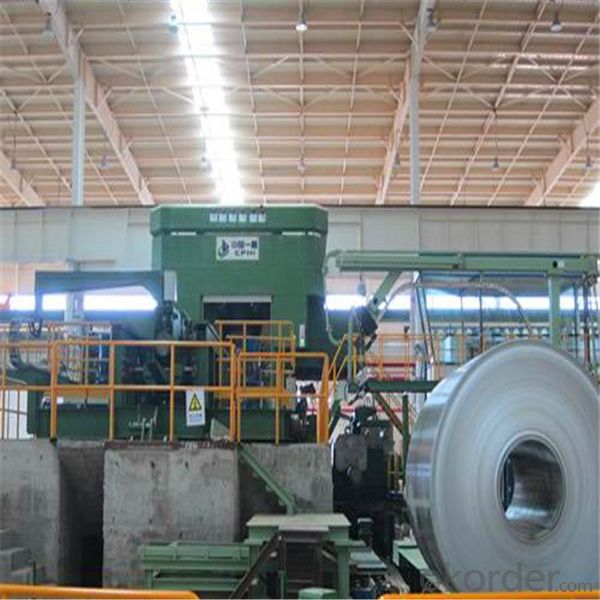
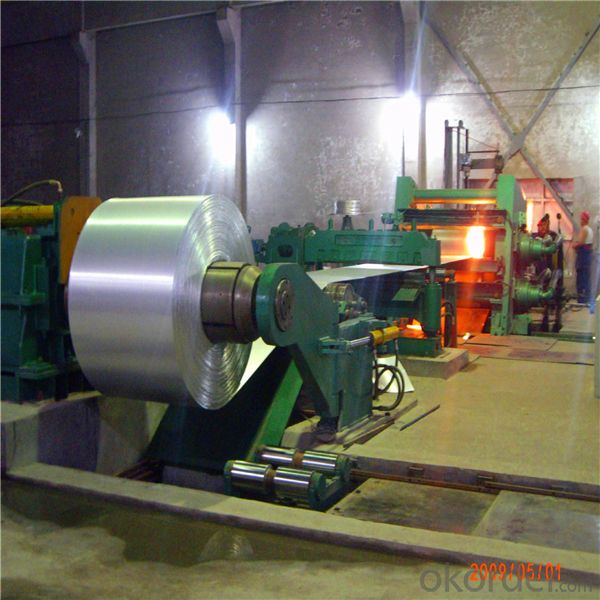
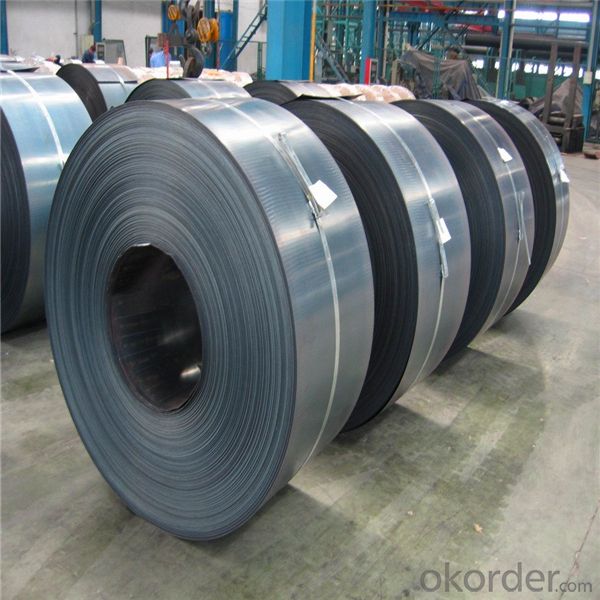
Specification
1. Thickness: 0.4-2.0mm
2. Width: 900-1250mm
3. Inner Diameter: 508mm
4. Weight of Steel Coil: 3-15MT
5. Heat Treatment: Annealed
6. Margin Status: EC & EM
7. Surface Quality: FB&FC
8. Surface Status: SB & SD
9. Surface Treatment: Oiling
Mechanical Properties
1. Yield Strength: ≤320MPa
2. Tensile Strength: ≤370MPa
3. Elongation (L=50mm, b=25mm) When:
(1) Nominal Thickness<0.25mm: 30%
(2) Nominal Thickness 0.25mm-<0.40: 32%
(3) Nominal Thickness 0.40-<0.60mm: 34%
(4) Nominal Thickness 0.60-<1.0mm: 36%
(5) Nominal Thickness 1.0-<1.6mm: 37%
(6) Nominal Thickness >1.6mm: 38%
FAQ:
1. Q: Where is your company located? How can I visit there?
A: Our company is located in Beijing, China. Welcome to visit us.
2. Q: Can I get sample and how long will it take?
A:Yes. We can supply sample. And you need to pay for courier.
3. Q: What's the MOQ?
A: Our MOQ is 25mt.
4. Q: What's the delivery time?
A: It will take about 30 days after TT or L/C.
5. Q: What is the payment terms?
A: T/T, L/C at sight
6. Q: How does your factory carry out quality control?
A: We attach great importance to quality control.Every part of our products has its own QC.
7. Q: What certificate do you have?
A: We have SGS, ISO9001 etc.
- Q: How are steel products used in the construction of theme-based science discovery centers?
- Steel products are commonly used in the construction of theme-based science discovery centers to provide structural support and stability. Steel beams and columns are used to create the framework of the building, ensuring it can withstand the weight of the structure and any potential loads. Additionally, steel is used for roofing, walls, and flooring, offering durability and resistance to fire and other hazards. Steel is also used to create intricate architectural designs and shapes, allowing for flexibility and creativity in the construction process. Overall, steel products play a vital role in ensuring the safety, functionality, and aesthetic appeal of theme-based science discovery centers.
- Q: How is steel sheet metal fabricated?
- Steel sheet metal is fabricated through a process called sheet metal fabrication, which involves cutting, bending, and shaping steel sheets to create various products or components. This can be done using various techniques such as shearing, punching, laser cutting, or plasma cutting to cut the steel sheets into the desired shape. Bending is then carried out using press brakes or other bending tools to give the sheets the required angles and curves. The final step involves assembling or joining the fabricated pieces using welding, riveting, or other joining methods to create the desired steel sheet metal product.
- Q: How are steel coils used in manufacturing processes?
- Steel coils are used in manufacturing processes as a primary material for various applications such as construction, automotive, appliances, and machinery. These coils are typically unwound and processed through different machines to be shaped, cut, and formed into the desired products. The versatility and strength of steel coils make them an essential component in many manufacturing industries.
- Q: What are the different types of steel cables and ropes?
- There are various types of steel cables and ropes available, including wire ropes, galvanized steel cables, stainless steel cables, and aircraft cables. Each type has its own specific uses and characteristics. Wire ropes are made up of multiple strands of wire twisted together and are commonly used for lifting heavy loads. Galvanized steel cables are coated with zinc to enhance corrosion resistance and are often used in outdoor and marine applications. Stainless steel cables are highly resistant to rust and corrosion, making them suitable for harsh environments. Aircraft cables are specifically designed for aviation and aerospace applications, known for their strength and flexibility.
- Q: What are the different types of steel nails and their applications?
- There are various types of steel nails available, each with its own specific applications. Common types include common nails, finishing nails, roofing nails, and concrete nails. Common nails are typically used for general construction purposes, while finishing nails are smaller and designed for finer woodworking projects. Roofing nails have a larger head and are used for securing roofing materials. Concrete nails are specifically designed for fastening materials to concrete surfaces. These different types of steel nails are chosen based on their intended use and the specific requirements of the project.
- Q: How is steel used in the construction of sports facilities?
- Steel is commonly used in the construction of sports facilities due to its strength and durability. It is used to create the framework of the structures, such as the supports for roofs and walls. Steel is also used in the construction of bleachers, seating areas, and staircases. Its versatility allows for the creation of large, open spaces, ensuring the safety and comfort of spectators. Additionally, steel's resistance to corrosion makes it suitable for outdoor sports facilities, as it can withstand harsh weather conditions.
- Q: What are the properties of stainless steel for medical equipment?
- Stainless steel for medical equipment exhibits several key properties such as high corrosion resistance, excellent strength and durability, good heat resistance, and ease of sterilization. It is also non-reactive, biocompatible, and resistant to bacteria growth, making it a suitable material for surgical instruments, implants, and other medical devices.
- Q: What are the common types of steel products used in the pet training and behavior industry?
- Some common types of steel products used in the pet training and behavior industry include steel leashes and collars, steel crates and cages, steel training prong collars, and steel exercise pens.
- Q: What are the different types of steel fittings and their uses?
- There are various types of steel fittings used in different industries. Some common types include steel elbows, steel tees, steel reducers, steel couplings, and steel flanges. Steel elbows are used to change the direction of a pipeline, steel tees are used to split or combine flow, steel reducers are used to connect pipes of different sizes, steel couplings are used to join pipes together, and steel flanges are used to connect pipes or valves to other equipment. These fittings are crucial in ensuring the proper flow, connection, and functionality of steel pipelines in various applications such as plumbing, oil and gas, chemical, and construction industries.
- Q: What are the different types of steel structural shapes?
- Some of the different types of steel structural shapes include beams, channels, angles, and tubes. Beams are horizontal structural members that can support heavy loads. Channels are C-shaped sections that are used for various applications, such as framing and support. Angles are L-shaped sections that provide structural support and reinforcement. Tubes are hollow cylindrical structures that can be used for a variety of purposes, including construction and transportation.
Send your message to us
High Quality Surface Finish Cold Rolled Stee/China Supplier
- Loading Port:
- China main port
- Payment Terms:
- TT OR LC
- Min Order Qty:
- 20 m.t.
- Supply Capability:
- 50000 m.t./month
OKorder Service Pledge
OKorder Financial Service
Similar products
Hot products
Hot Searches
Related keywords
